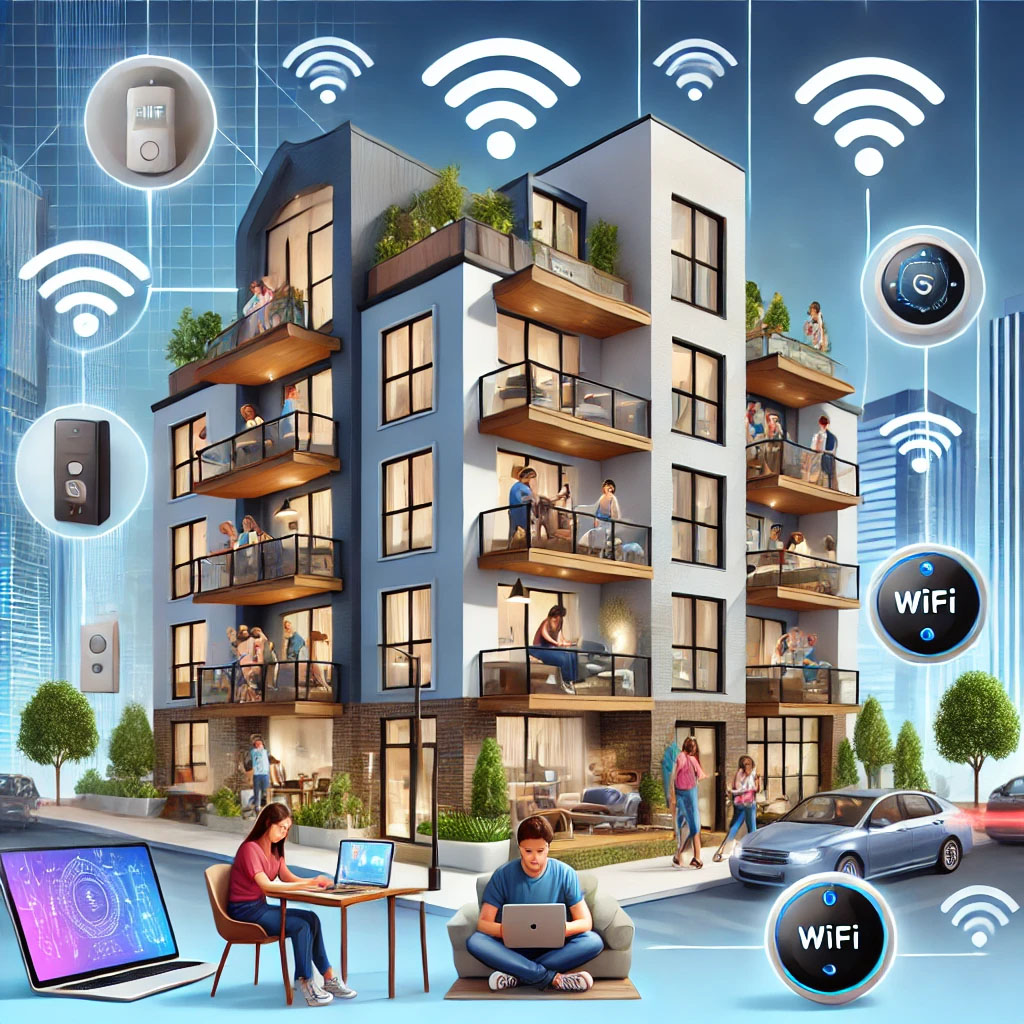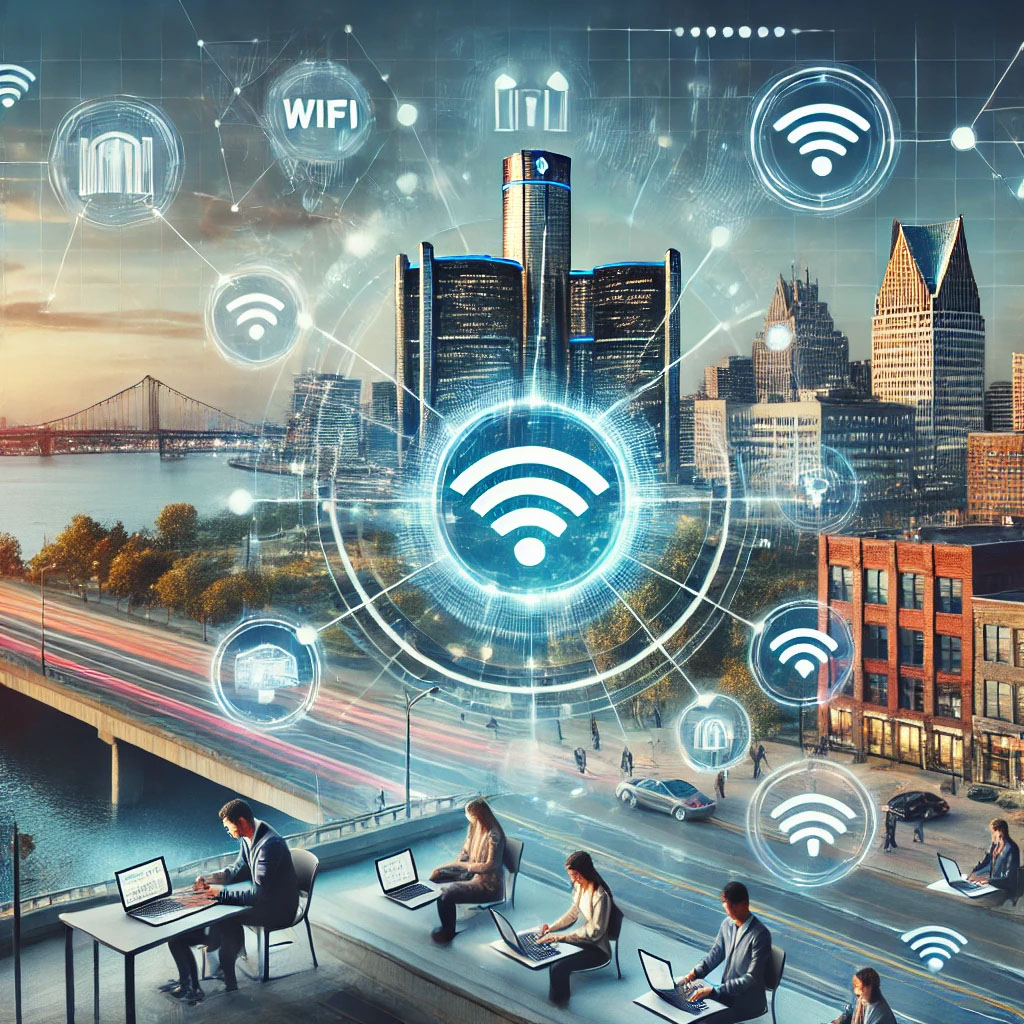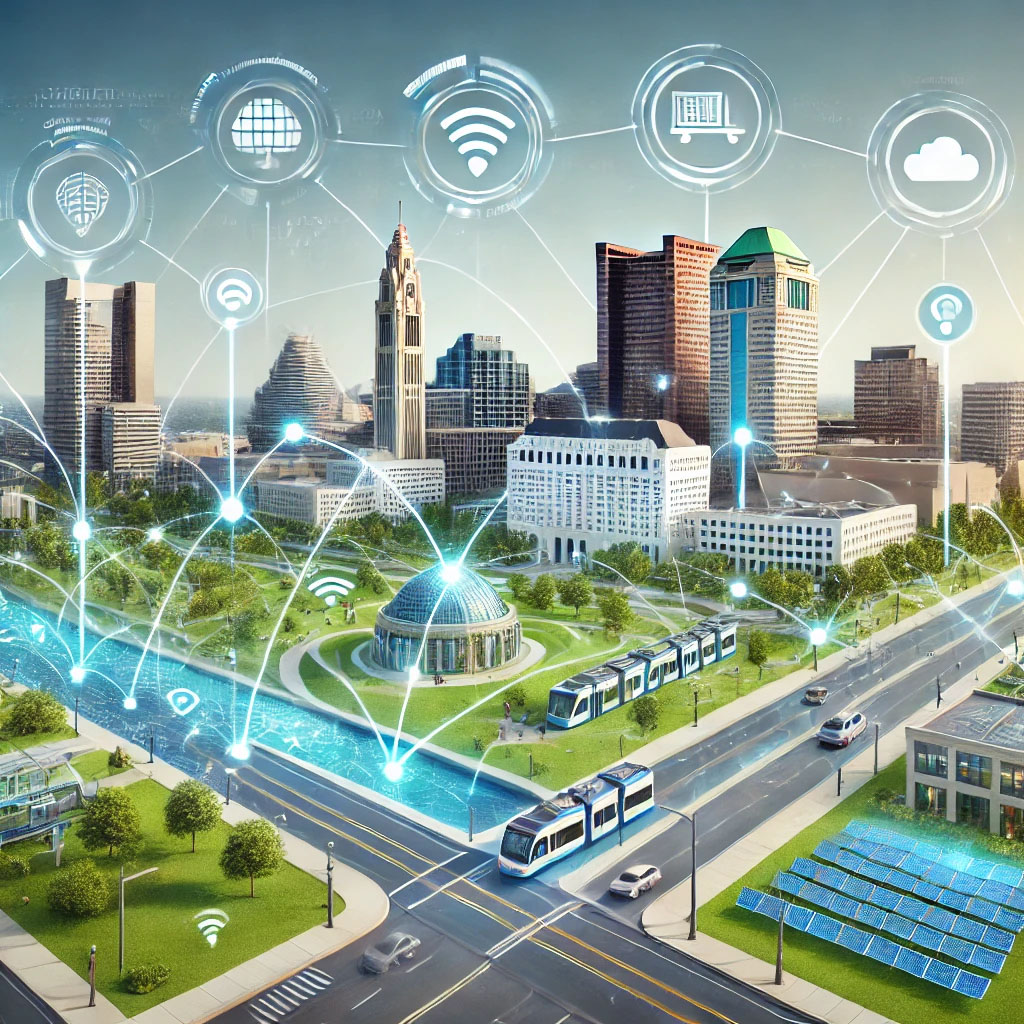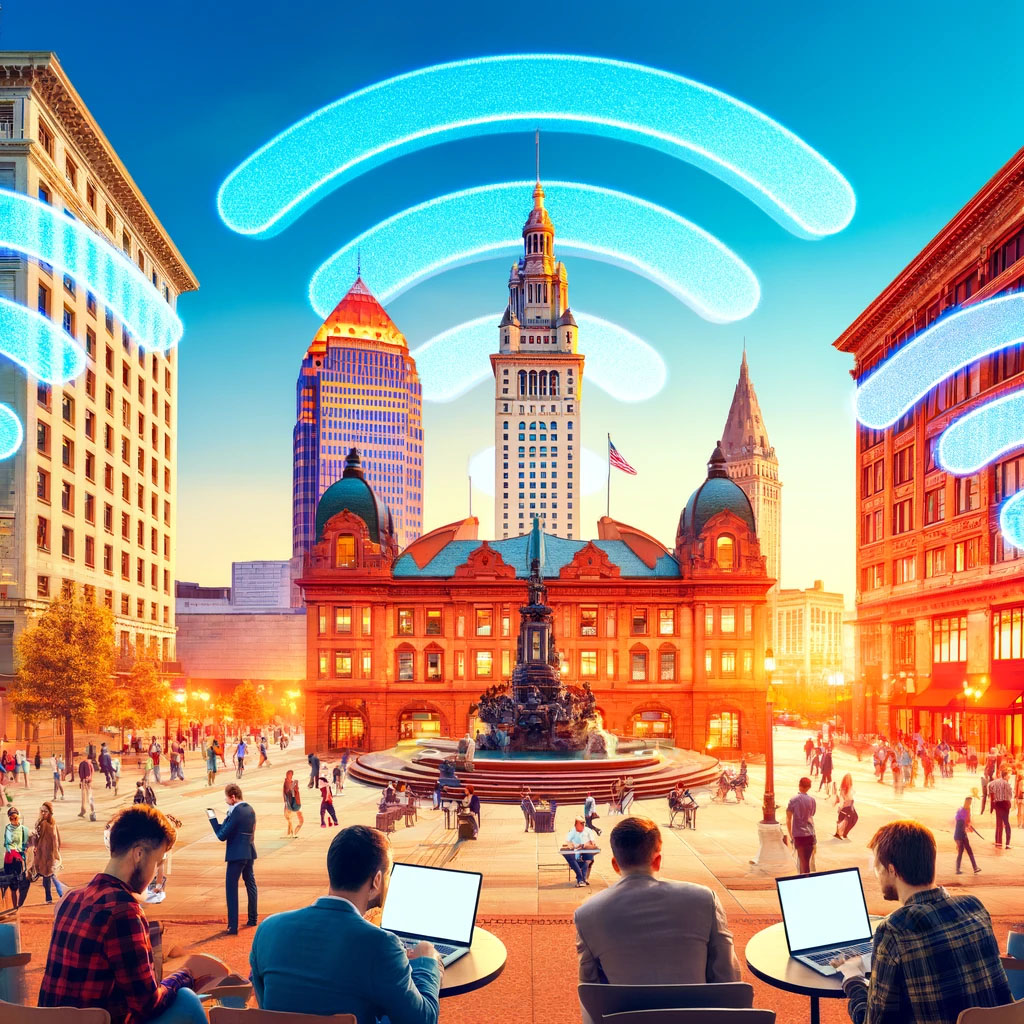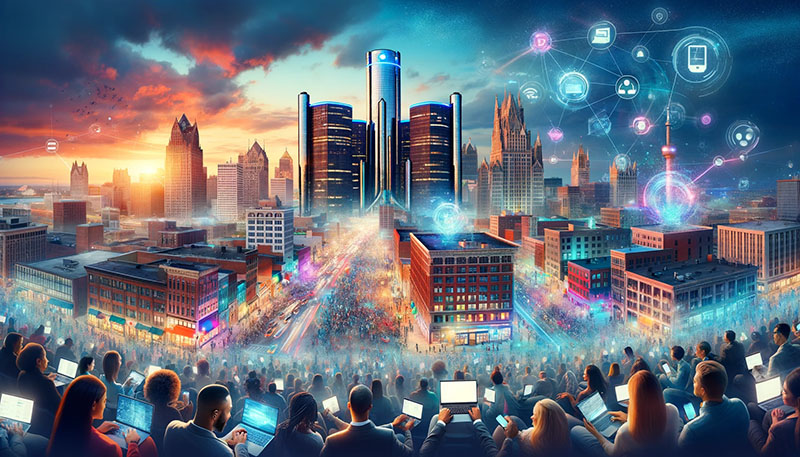For those of us living independently, maintaining high-speed internet is relatively easy. Position the modem in an unblocked area, ensure you’re within the WiFi signal range, and you’re good to go. However, a few more issues can arise for larger apartments with multiple family members attempting to use the internet simultaneously.
In multi-family apartments, high-speed internet is crucial for avoiding all problems with dozens of users. High-speed internet supports various activities and services that enhance the overall quality of life for residents of all ages. Ensuring that you have stable, quality WiFi available is an essential amenity for stable remote working, education, and general entertainment.
Facilitating Remote Work
With the rise of remote work, having a reliable and fast internet connection is essential for productivity. 14% of employed adults work virtually, so having quality, reliable Wi-Fi is necessary. High-speed internet ensures residents can seamlessly participate in virtual meetings, access cloud-based applications, and collaborate with colleagues without interruptions.
For instance, remote residents rely on high-speed internet in a multifamily apartment setting to handle large file transfers, use video conferencing tools, and maintain constant communication with their coworkers. This reliability can significantly reduce the stress associated with potential connectivity issues and help residents maintain a high level of productivity.
Supporting Online Learning
High-speed internet isn’t just for the working adults. Since the pandemic, online learning has become increasingly popular with students of all ages and grade levels. The shift towards online education has made high-speed internet a requirement for households nationwide. Whether it’s attending virtual classes, accessing educational resources, or submitting assignments, a fast and stable internet connection is vital for success in online learning.
In multifamily apartments, students can benefit from fast internet by quickly joining live lectures, downloading course materials, and participating in online discussions. This connectivity ensures that students take advantage of meaningful educational opportunities and can fully engage with their coursework from the comfort of their homes.
Enabling Smart Home Devices
The advent of smart home technology has revolutionized the way people interact with their living spaces. From smart thermostats and lighting systems to security cameras and voice-activated devices, these technologies require a robust internet connection to function smoothly.
High-speed internet in multifamily apartments allows residents to integrate and control various smart home devices seamlessly. With smart devices, residents can use their phones to adjust the temperature, turn off lights, monitor security cameras, and even manage household appliances remotely.
Stable control and convenience enhance the overall living experience and can lead to increased energy efficiency and security. High-speed, reliable internet is the only option for operating multiple smart devices simultaneously.
Enhancing Entertainment Options
Entertainment is a significant aspect of modern living, and high-speed internet is crucial in delivering a wide range of entertainment options. From streaming movies and TV shows to online gaming and virtual reality experiences, a fast internet connection ensures residents can enjoy their favorite activities without lag time.
In multifamily apartments, residents benefit immensely from high-speed internet by accessing high-definition streaming services, participating in multiplayer online games, and exploring virtual reality content. This access to diverse entertainment options can improve residents’ quality of life and make their living spaces more comfortable and enjoyable.
Improving Property Management and Services
High-speed internet also offers advantages for property management and services in multifamily apartments. Property managers can implement smart building technologies that enhance operational efficiency and resident satisfaction with reliable internet connectivity.
Property managers can use the high-speed internet to monitor and manage building systems such as heating, cooling, lighting, and security in real time. This capability allows for proactive maintenance, reducing the likelihood of system failures. An upgraded internet package significantly improves keeping the property cool and stable through smart devices.
Additionally, property managers can offer online portals for residents to pay rent, request maintenance, and communicate with management. Excellent internet allows residents to make payments and contact maintenance without any delays.
Tips for Maximizing High-Speed Internet Performance
While having high-speed internet is beneficial, it’s also essential to ensure that all residents can maximize its efficacy. Understanding your router and bandwidth will aid in your WiFi’s connectivity and success.
Like any Wi-Fi modem, its position is critical for a steady connection. Place the router in a central location within the apartment to ensure even coverage and reduce dead spots. Avoid placing the router near walls, metal objects, or behind furniture to ensure your devices can quickly locate the WiFi signal.
For high-speed internet, residents will need the latest routers. Make sure your routers and modems support the latest Wi-Fi standards to achieve faster speeds and better performance. Regularly updating firmware or hardware will ensure that your internet connectivity is smooth and unaffected.
Though high-speed internet packages can handle many users simultaneously, knowing your WiFi’s bandwidth is important. If you’re having connection issues, try limiting the number of devices connected to the network simultaneously. Prioritize bandwidth for critical activities like work and online learning before connecting multiple devices for optimal internet performance.
High-speed internet is a vital component of modern living in multifamily apartments. It facilitates remote work and online learning, supports smart home devices, enhances entertainment options, and improves property management and services.
By providing residents with reliable and fast internet connectivity, multifamily apartments can significantly enhance the overall living experience. As technology continues to evolve, the importance of high-speed internet in multifamily living will only continue to grow, shaping the future of how we live, educate, and work.
